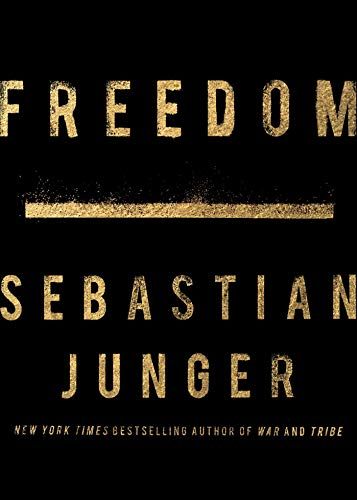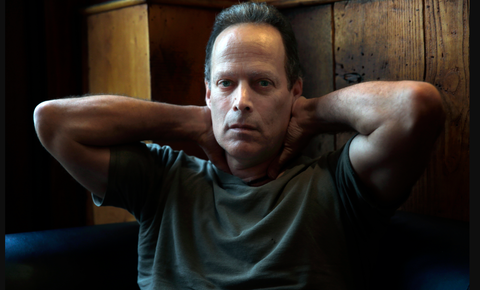Size Matters in a Fight, But Not in the Way You Might Think


Human violence reaches way back into our evolutionary past and is usually about the same things that are important to chimps: resources, territory, and sexual access to females. Humans are exquisitely attuned to dominance. Body language and facial expressions underlie a host of social interactions and are very effective at communicating important information about a person, particularly social rank. By assessing “competency,” people can predict, with almost 70 percent accuracy, winners of U. S. Senate races based on a one-second glimpse of the candidates’ faces. People can accurately assess dominant and submissive traits in others by seeing photographs of them for only 4/100ths of a second, so-called thin-slice judgments.
Men who score high on the dominance scale generally maintain a wide stance around others, square their shoulders, puff out their chest, hold their chin up, and generally take up as much room as possible. Submissive men do the opposite. Unconscious submission is devastating to a person’s chances of winning a fight. In prematch publicity, boxers who allowed themselves a small smile—a classic appeasement cue—were less likely to win the fight than men who didn’t smile. Such signals are known as “leakage” in the world of professional fighting. “It’s a sort of involuntary communication—it’s deference, it’s appeasement,” says a former MMA fighter named Justin “Master Chim” Garcia. In addition to masking fear, a smaller fighter must keep his mind calm, his eyes open, and his heart rate steady—think, look, and breathe. “What we’ve found is that endurance is the most important thing,” says Chael Sonnen, a former wrestler and UFC fighter who competed at 220 pounds. “You want to fight the guy one weight class above you, because that’s not enough to matter, but over the course of a fight, he’s simply going to get tired faster. If you have an adversary that’s larger than you, you automatically default into quickness, finesse, and endurance.”
As a result, human size and strength are not great predictors of who is going to win a fight. Street fights are hard to study because they happen so randomly, but all of the fighting sports—boxing, karate, wrestling, grappling—are reasonable proxies for actual violence. In mixed martial arts, which integrates all forms of fighting into something that is probably very close to primordial combat, smaller fighters win about half the time against larger ones. The Apache also believed that there was special “wrestling power” that could easily make up for small stature. “A man . . . can throw a man twice his size if he uses the power on him,” according to Grenville Goodwin, an anthropologist who lived with the Apache in the 1930s. “He does not do it by his strength at all, but by his power.”

The reason size and strength do not absolutely determine outcome is that tactics play a huge role in human conflict. The central conundrum of fighting is that you cannot dominate your opponent without attacking him, but attacking ruins your defense and opens you up to counterattack. In addition to leaving you momentarily vulnerable, attacking uses up a lot of energy. One good punch can end a fight, but that punch can be slipped by something as subtle and efficient as the tilt of a head. Ten good punches in a row will leave even a trained fighter gasping for breath, while slipping them costs the other combatant almost nothing.
When Manny Pacquiao fought Floyd Mayweather Jr. in Las Vegas in 2015, Pacquiao maintained a ferocious offense until halfway through the sixth round, when he forced Mayweather against the ropes. Pacquiao unleashed sixteen punches in a row, almost completely unopposed, with Mayweather blocking some, slipping others, and eating the rest. That seems to have been the turning point; Pacquiao simply ran out of gas and took a step back, releasing Mayweather from the ropes. Mayweather dominated the next six rounds and won the fight by unanimous decision. The two men were the same size; the fight seemed to tip on the disproportionate costs of an offense compared to a defense.

In 1969, at the height of his powers, boxer Muhammad Ali was placed in front of a balsa-wood board and told to smash it with one of his deadly jabs when a light flashed. His brain required only 15/100ths of a second to process the signal—much faster than the proverbial blink of an eye—but his fist was even faster. It snapped out and hit the board in 4/100ths of a second. Ali could also deliver a devastating six-punch combination—two jabs, a hook, a right to the body, another hook, and then a right to the head—in just over two seconds.

It took three times as long for Ali’s brain to process the flashing light than for his fist to react, which means that in a fight, his fist would easily hit his opponent’s face before his opponent had a chance to move it. Neurologically, that should mean there’s no way to slip a punch, which would turn fights into contests of pure punching power, but that’s not what happens. The brain may be slow but it’s incredibly perceptive, and the body may be fast but it’s incredibly revealing. Long before the fist actually starts moving, the puncher’s face and body have emitted a cascade of signals that reveal what is about to happen. Those signals are decoded by the opponent and used to begin slipping punches that haven’t even happened yet.
To pick up these cues, it helps to keep a kind of broad, general focus rather than fixating on your opponent’s fists. The perceptive power of the brain in this undirected mode is so strong that it seems to border on a kind of telepathy. Test subjects can tell winning poker hands, for example, by watching 1.6-second clips of pro players moving their chips to the center of the table to place a bet. Players with winning hands were almost imperceptibly smoother and looser in their body movements. And the same is true of athletes: If you show skilled basketball players a brief video of players taking a free throw, roughly two-thirds of the time they can determine whether or not he will make the shot. There is something about grace that tells athletes what is about to happen.
In short, quicker and more efficient movements give small fighters an advantage over larger ones, and unconscious perceptions allow them to see punches before they’ve been launched. This allows humans to confront or disobey the largest male in the group, which is a departure from millions of years of primate evolution. However it is defined, freedom is due, in part, to the fact that powerful men do not always win fights, and powerful nations do not always win wars. In fact, as often as not, they lose.
This is an excerpt from Sebastian Junger’s new book, Freedom, available May 18. Copyright © 2021 by Sebastian Junger. Reprinted by permission of Simon & Schuster, Inc.
This story appears in the June 2021 issue of Men’s Health with the title Punching Above Your Weight.
Source: Read Full Article
